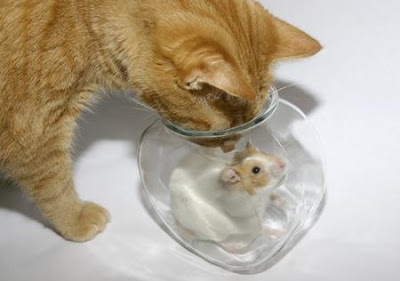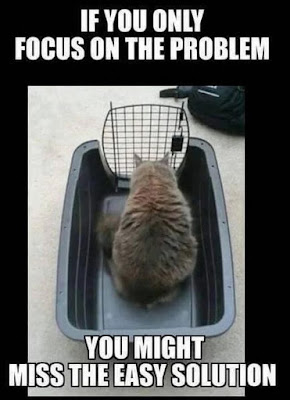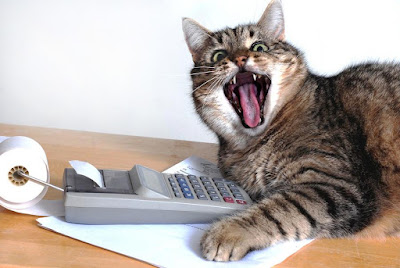Defect log typically include the following:
- Part name:
- Process/area:
- Defect name:
- Photo Defect (Not Good or NG)
- Photo of Good part ( OK)
Two photographs to distinguish between good and defective parts are very simple way to add to existing appearance and defect criteria which has been created for individual parts. It can also be used on Quality board or as part of customer presentation slides or 8D.
For administrative purpose, do remember to add document#, this can be added to footnote or on title block.
I am trying hard to make this electronically accessible but this is an uphill battle as kiosk is expensive and tablet tend to walk and never to be seen again. 😏 Hardcopy is good but you will need to keep tap on the current revision or document control.
Another great ideas is a daily defect log book, this provide updates on daily defects. It can be a live document and used during short meeting/briefing before starting each shift.









